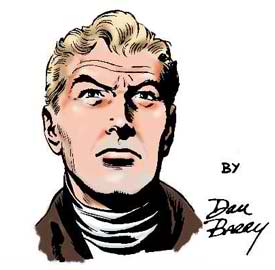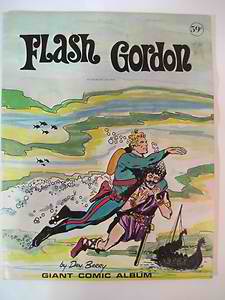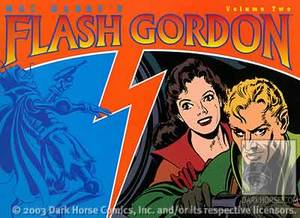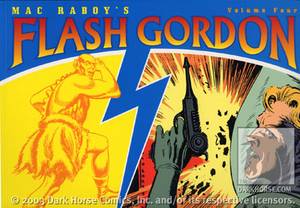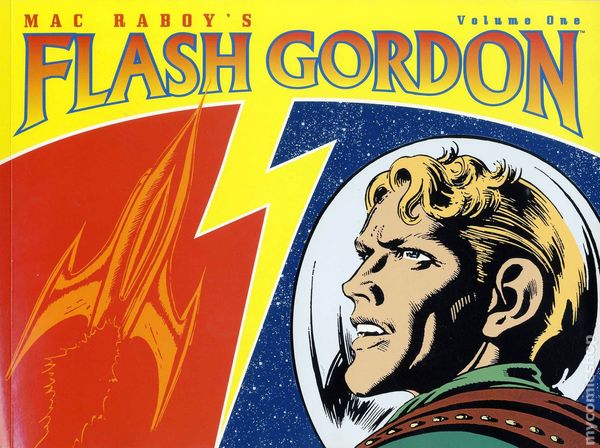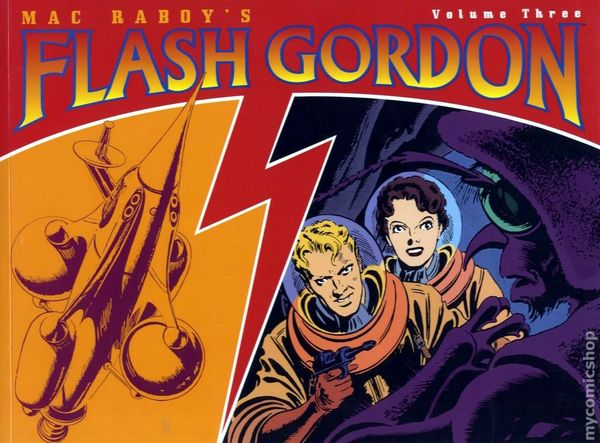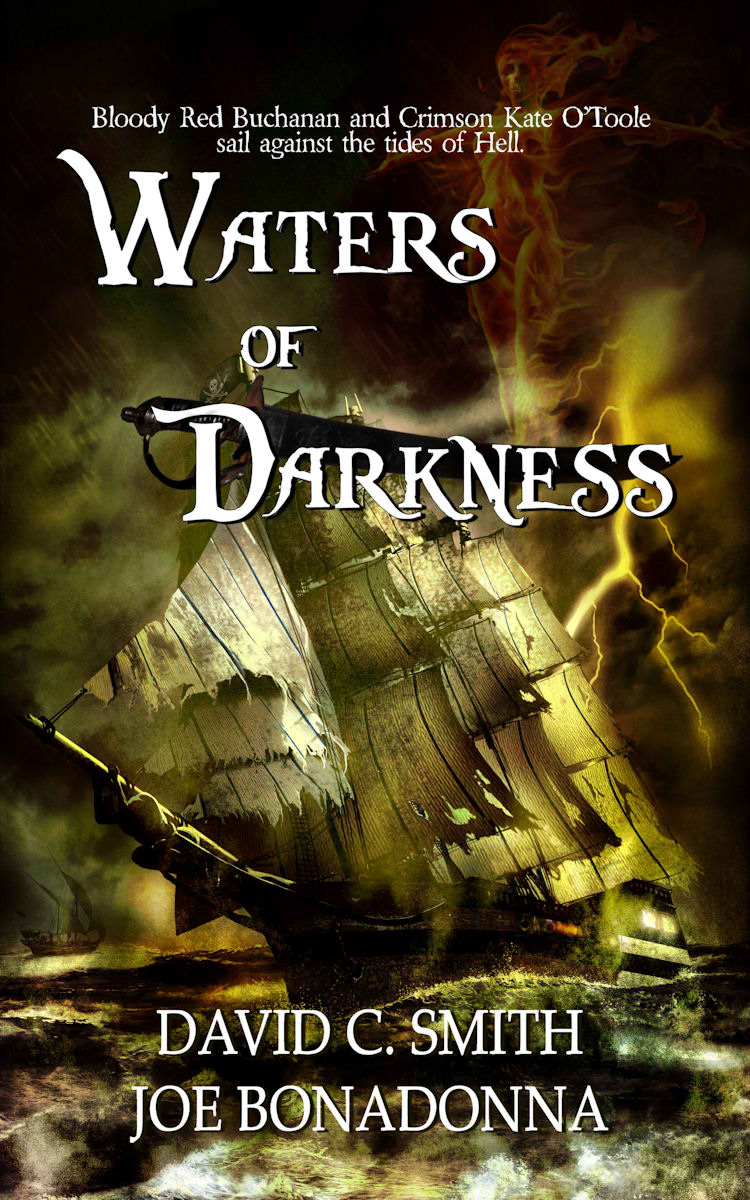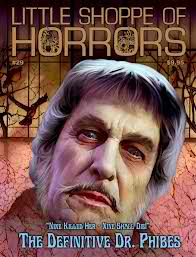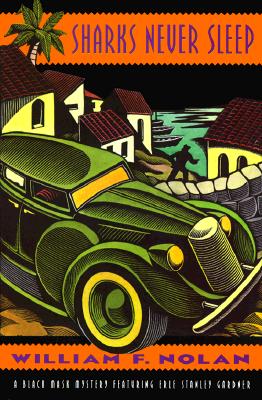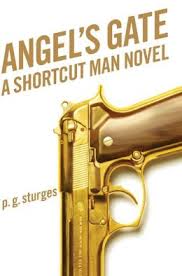Blogging Dan Barry’s Flash Gordon, Part Two
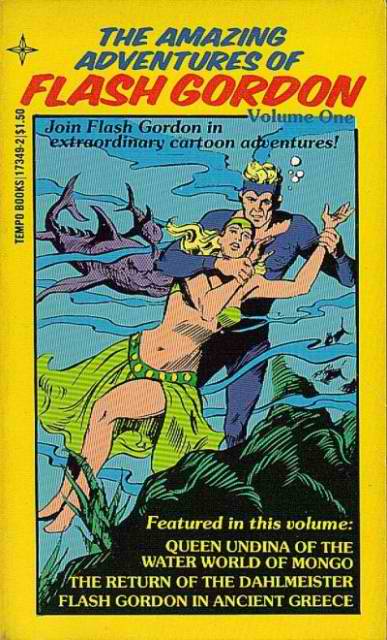
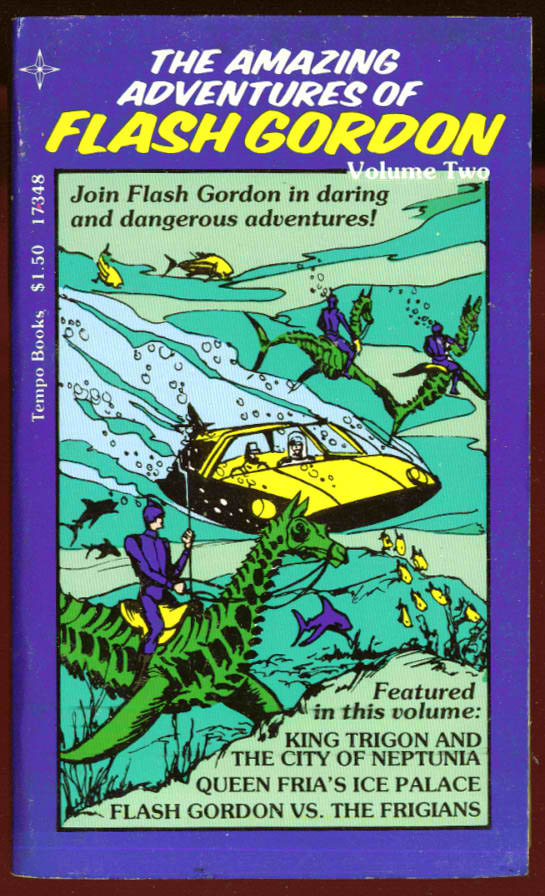 “The Butterfly Men” was artist Dan Barry and writer Harvey Kurtzman’s follow-up to “The City of Ice” and was published by King Features Syndicate from June 16 to August 9, 1952. The storyline is simple sci-fi hokum, but of a type not previously seen in the series. Flash and Queen Marla materialize on the planet Tanium in the Alpha Centauri system. Of course, it is sheer luck that has brought them to the same planet that Dale and the crew of the X-3 have journeyed to in their quest for the missing Dr. Carson. It is also sheer coincidence that Flash and Marla are met by Ray Carson, the doctor’s young son who broke away from the crew of the X-3 in his eagerness to search for his father. The trio reaches the X-3 only to discover the ship deserted with disturbing telltale signs of a struggle, including Dale’s torn, bloodstained clothing.
“The Butterfly Men” was artist Dan Barry and writer Harvey Kurtzman’s follow-up to “The City of Ice” and was published by King Features Syndicate from June 16 to August 9, 1952. The storyline is simple sci-fi hokum, but of a type not previously seen in the series. Flash and Queen Marla materialize on the planet Tanium in the Alpha Centauri system. Of course, it is sheer luck that has brought them to the same planet that Dale and the crew of the X-3 have journeyed to in their quest for the missing Dr. Carson. It is also sheer coincidence that Flash and Marla are met by Ray Carson, the doctor’s young son who broke away from the crew of the X-3 in his eagerness to search for his father. The trio reaches the X-3 only to discover the ship deserted with disturbing telltale signs of a struggle, including Dale’s torn, bloodstained clothing.
Weakened by their hunger and thirst, they scour the barren landscape where they encounter a giant insect. Marla shoots the creature with a heat ray, although Flash is convinced it is harmless. The wounded creature limps off and spins a cocoon around its injured body. The visitors then see the strange sight of giant butterflies with the bodies of men descending upon them from the air. The butterfly men are the dominant life form of Tanium and are the adult form of the strange giant insects following their natural metamorphosis.
